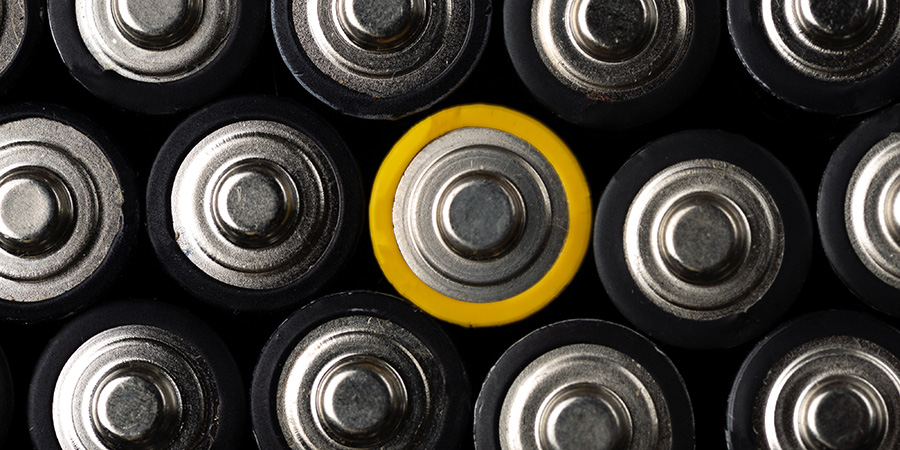Blog: More Electrified U.S. Railways Ahead?
Blog: More Electrified U.S. Railways Ahead?


As San Francisco-based Caltrain continues the rollout of its new electric fleet, the question of why so few U.S. railways are electrified resurfaces.
Electrified trains are nothing new for most of the world. The vast majority of trains across Europe and Asia are already electric—in fact, electric rail accounts for more than 85 percent of worldwide passenger rail activity and 55 percent of freight, according to the International Energy Agency.
But here in the U.S., save for a few passenger lines in in the northeast, electrified rail has remained mostly elusive. Back in 2018, the Environmental and Energy Study Institute estimated that less than 1 percent of all U.S. rail was electrified, compared to one-third of all trains worldwide—and while the rest of the world continued to grow those numbers in the years since, very limited growth, if any, happened in the U.S. Just last year, the Brown Political Review offered that the reason electrification on the rails is lagging behind is private ownership. Of course, skeptics have blamed the country's expansiveness for the lack of electrified rail as well.
But there are some signs of possible change. After 70 years of using diesel trains, San Francisco-based Caltrain launched its new electric fleet in August, part of the $2.5-billion Caltrain Electrification Project that was completed over the summer after nearly a decade of construction. A new schedule and full electrified service is set to fully launch between San Francisco and San Jose on September 21. But it’s still just one of only a few electrified train systems in the country.
More for You: 5 Countries Where Trains Are Fastest
The new high-performance electric trains allow commuters to travel between San Francisco and San Jose in under an hour. Service times will be improved by 20% as well since the electrified trains can accelerate and decelerate much faster than diesel trains, according to the agency. A total of 16 stations will see trains pass through every 15-20 minutes at peak hours and every 30 minutes on weekends. Caltrain expects that its shift to electric trains will reduce its carbon dioxide emissions by 250,000 metric tons annually. Plus, these electric trains will generate far less noise than the old diesel engines.
According to the Energy Information Administration (EIA), annual electricity consumption by railways has actually been the largest electricity end-use category in the transportation sector, as published in EIA's Electric Power Monthly, since 2003. But in that time, rail’s electricity usage has been fairly stagnant, averaging about 7,000 gigawatthours (GWh) a year—and the EIA also noted that the U.S. has had “only limited expansion of municipal railway systems or electrified passenger rail during that period.”
By comparison, the EIA reported that estimated annual electricity consumption by electric vehicles grew to 7,596 GWh in 2023, which is almost five times the consumption in 2018. And 2023 actually marks the first time that EVs have surpassed rail in electricity consumption.
Discover the Benefits of ASME Membership
With more high-speed rail projects popping up across the country (although time will tell which ones will actually reach the finish line), there’s significant potential ahead for electrified HSR. In December, the Biden Administration earmarked $8.2 billion for new HSR and passenger rail lines across the U.S., some of which are electrified as well.
Caltrain will be an interesting case study to watch moving forward. Success in California could eventually translate into more electrified rails in the U.S. with the right leadership and investments (or maybe an electric train-loving billionaire). But if electric rail's current track record in the U.S. is any indication, such change will likely take a good long while.
Louise Poirier is senior editor.






